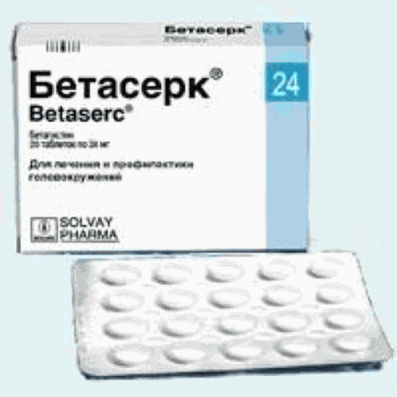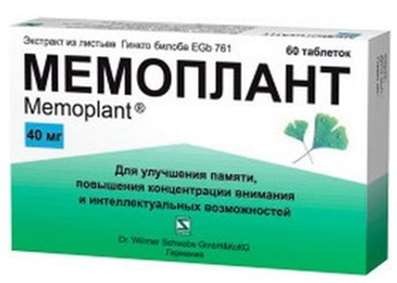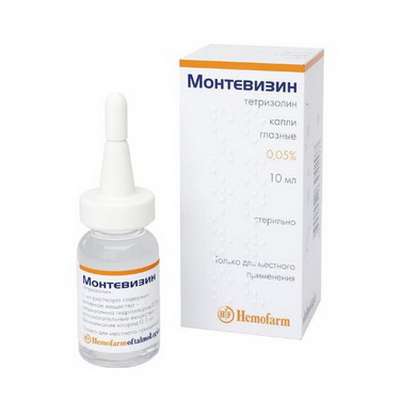Instruction for use: Glucagon (Glucagonum)
I want this, give me price
chemical name
N-t-Butyl-3-oxo-4-aza-5-alpha-androst-1-ene-17β-carboxamide
Pharmacological group
Glucagon and its analogues
Nosological classification (ICD-10)
E16.2 Hypoglycemia, unspecified
Hypoglycemic coma, Hypoglycemia, Severe hypoglycemia, Hypoglycaemia
Code CAS 16941-32-5
Characteristics
Physiological antagonist of insulin. The hormone produced by the alpha cells of the islets of Langerhans; Are obtained from the pancreas of pigs or cattle and methods of genetic engineering. Crystalline white powder containing less than 0.05% zinc. Almost nerastvorim in the water; It dissolves well at pH below 3 and above 9.5.
Pharmacology
The pharmacological action is spasmolytic, hyperglycemic.
It binds to specific receptors on the surface of the cells of the target organs (liver, skeletal muscle) and, indirectly, through Gs proteins, activates adenylate cyclase, an enzyme that transfers ATP to cAMP, which in turn increases the activity of phosphorylase that cleaves glycogen in the liver and muscles Up to glucose and inactivating glycogen synthetase, i.e. Stimulated glycogenolysis and gluconeogenesis. In other tissues (myocardium, smooth muscle) it stimulates the second type of glucagon receptors, increases the concentration of intracellular inositol triphosphate, reduces intracellular Ca2 + and relaxes smooth muscles. At the same time, glucagon has a positive inotropic effect on the myocardium.
With the / m introduction Tmax is 13 min, Cmax - 6.9 ng / ml. With n / to the introduction of Tmax - 20 min, Cmax - 7.9 ng / ml. Metabolised in the liver, kidneys, plasma, tissues during enzyme proteolysis. T1 / 2 - 3-6 minutes. It is excreted by the kidneys.
Hyperglycemic effect manifests itself 5-20 minutes after intravenous administration, 15-26 min after IM injection, after 30-45 minutes after SC administration, the duration of the effect is up to 90 minutes. Spasmolytic effect after intravenous administration is observed after 45-60 s, after IM for 8-10 minutes (4-7 minutes after the dose of 2 mg); Duration of action depends on the dose and is after intravenous administration of 12-27 minutes (1 mg), 21-32 minutes (2 mg), after intravenous administration - 9-17 minutes (0.25-0.5 mg) , 22-25 min (2 mg).
Can be used for a number of diagnostic studies, including. At the roentgenological examination of the gastrointestinal tract with the use of barium in conditions of artificial hypotension, angiography, computed tomography, MRI, diagnosis of bleeding from the small intestine with the use of erythrocyte-labeled erythrocytes, hysterosalpingography, and beta-adrenoblockers and calcium channel blockers, and obstruction of the esophagus by foreign bodies. There are data on the use for shock therapy in patients with mental illness.
Application of Glucagon
Hypoglycemia, hypoglycemic coma.
Contraindications
Hypersensitivity (including to the porcine and / or beef in the anamnesis), hyperglycemia, insulinoma (possibly the development of a paradoxical hypoglycemic reaction), pheochromocytoma (stimulating the release of catecholamines into the blood, can cause a sharp increase in blood pressure).
pregnancy and lactation
It does not pass through the human placental barrier and can be used to treat severe hypoglycemia during pregnancy.
The action category for fetus by FDA is B.
It is not known whether glucagon is excreted into breast milk. Since many drugs are excreted in milk in women, care should be taken when applying glucagon during breastfeeding. Clinical studies in nursing mothers were not conducted, however, when the drug was prescribed during breast-feeding, there was no risk for the child.
Side effects of Glucagon
On the part of the intestine: nausea, vomiting.
From the cardiovascular system and blood (hematopoiesis, hemostasis): transient increase in blood pressure, tachycardia.
Allergic reactions: rashes on the skin and itching, hives, bronchospasm, anaphylactic shock.
Other: hypokalemia, dehydration.
Interaction
Enhances the effects of indirect anticoagulants.
Interaction with beta-blockers
Against the background of beta-adrenoblockers, the administration of glucagon can lead to severe tachycardia and an increase in blood pressure. These effects are transient, because Glucagon has a short T1 / 2, but patients with pheochromocytoma or coronary artery disease may require correction of therapy.
Interaction with propranolol
The hyperglycemic effect of glucagon can be reduced by propranol and, possibly, by other beta-blockers.
Clinical evidence, mechanism, meaning and caution
In a study of 5 healthy volunteers, the hyperglycemic effect of glucagon declined in the presence of propranolol. Under the influence of glucagon, the blood glucose level increased by 45%, but with subsequent administration of propranolol, the increase was only 15%. The cause of this effect is unclear, but it can be assumed that propranolol inhibits the effects of catecholamines (glucagon stimulates the release of catecholamines). If this is true, then perhaps other beta-blockers may have the same effect as propranolol. However, the clinical significance of this interaction is unclear.
Interaction with indomethacin
When combined with indomethacin, glucagon may lose the ability to increase blood glucose and even cause hypoglycemia. When combined use, care must be taken.
Overdose
Symptomocomplex includes indomitable vomiting, signs of hypokalemia (severe muscle weakness, anorexia, arrhythmia, myalgia, seizures of certain muscle groups) and dehydration.
Treatment: symptomatic with constant monitoring of the potassium content in the blood. In the case of indomitable vomiting, the patient is rehydrated and replenished with potassium losses.
Routes of administration
In / in, in / m, ï / ê.
Precautions
Glucagon is not effective in treating patients in whose liver the glycogen stores are depleted. Therefore, it will be ineffective in starving patients, in patients with adrenal insufficiency and chronic hypoglycemia, and if hypoglycemia is caused by excessive consumption of alcohol.
After the introduction of glucagon, it is necessary to monitor the glucose content in the blood plasma.
Caution should be used when used in patients with insulinoma or glucagonoma.
A patient with diabetes should strictly adhere to medical recommendations aimed at preventing hypoglycemic conditions.

 Cart
Cart





